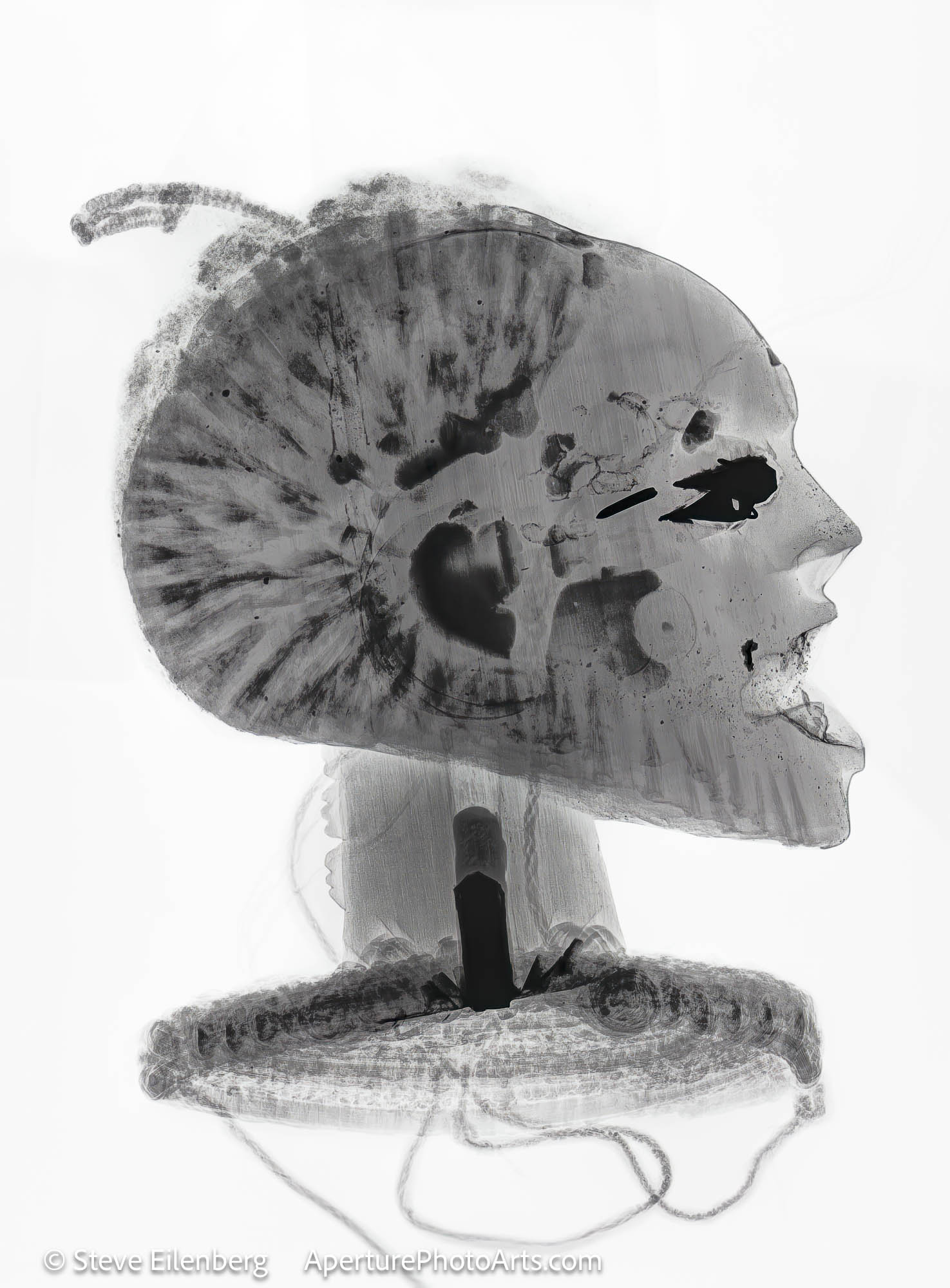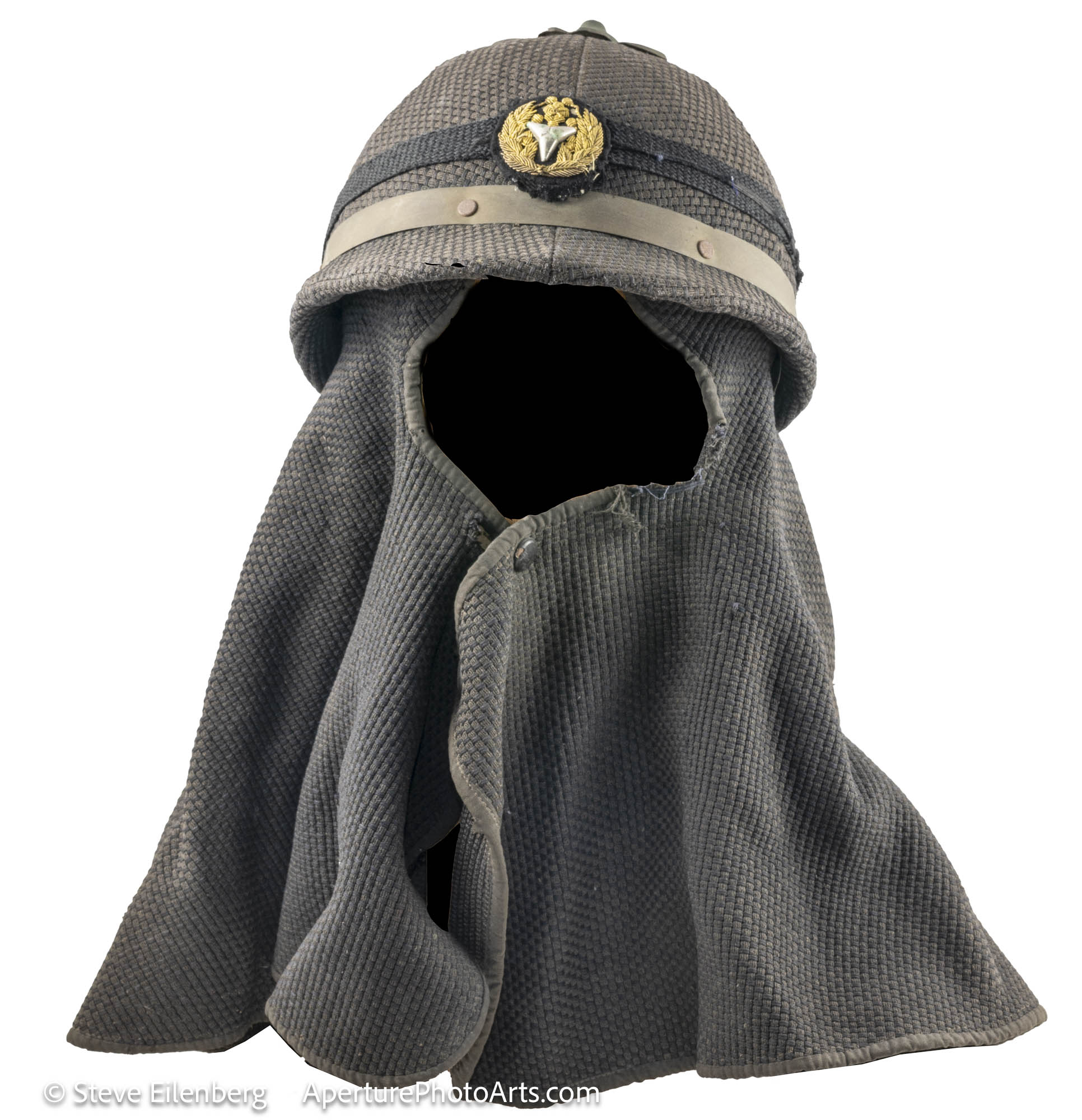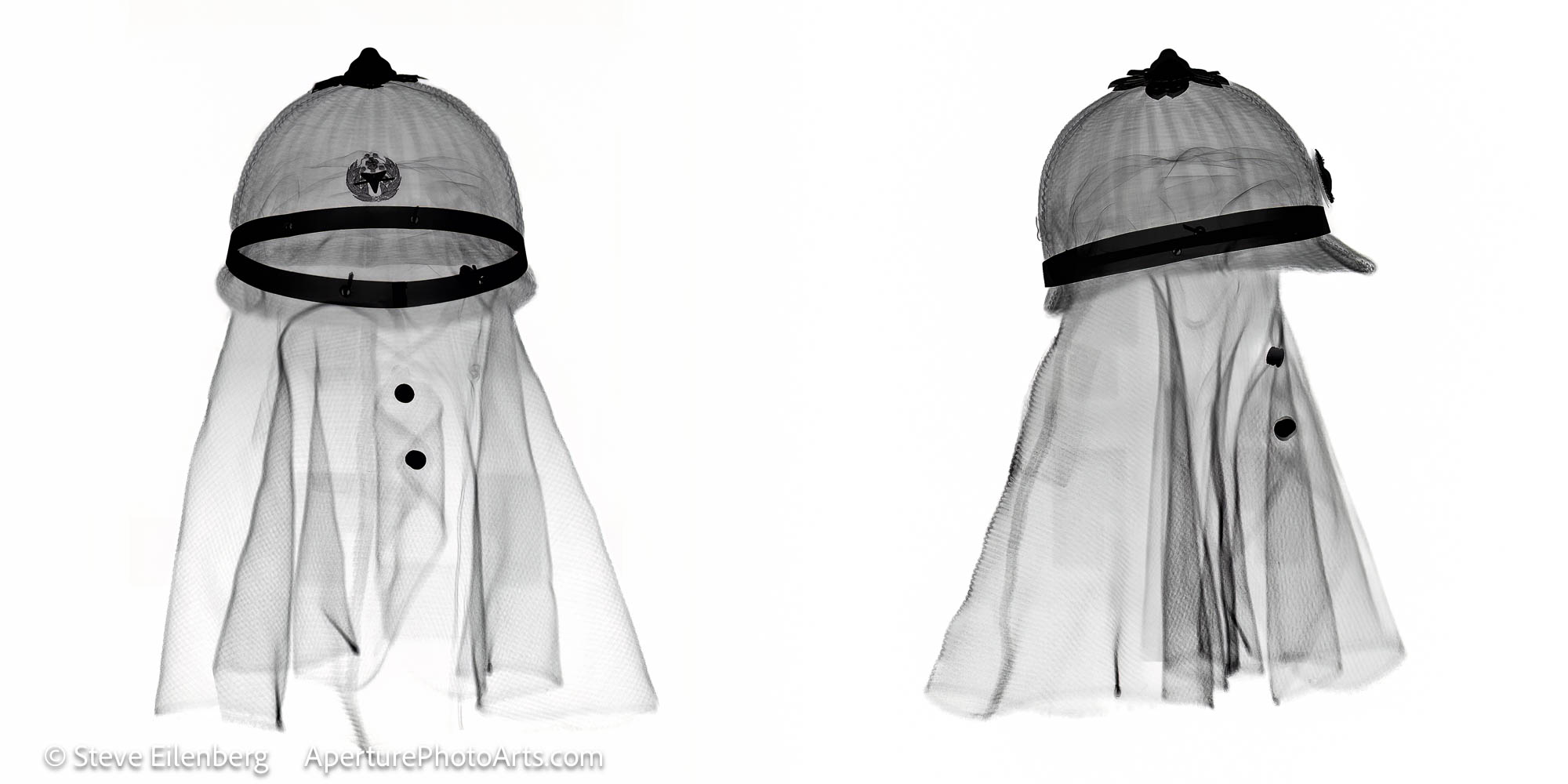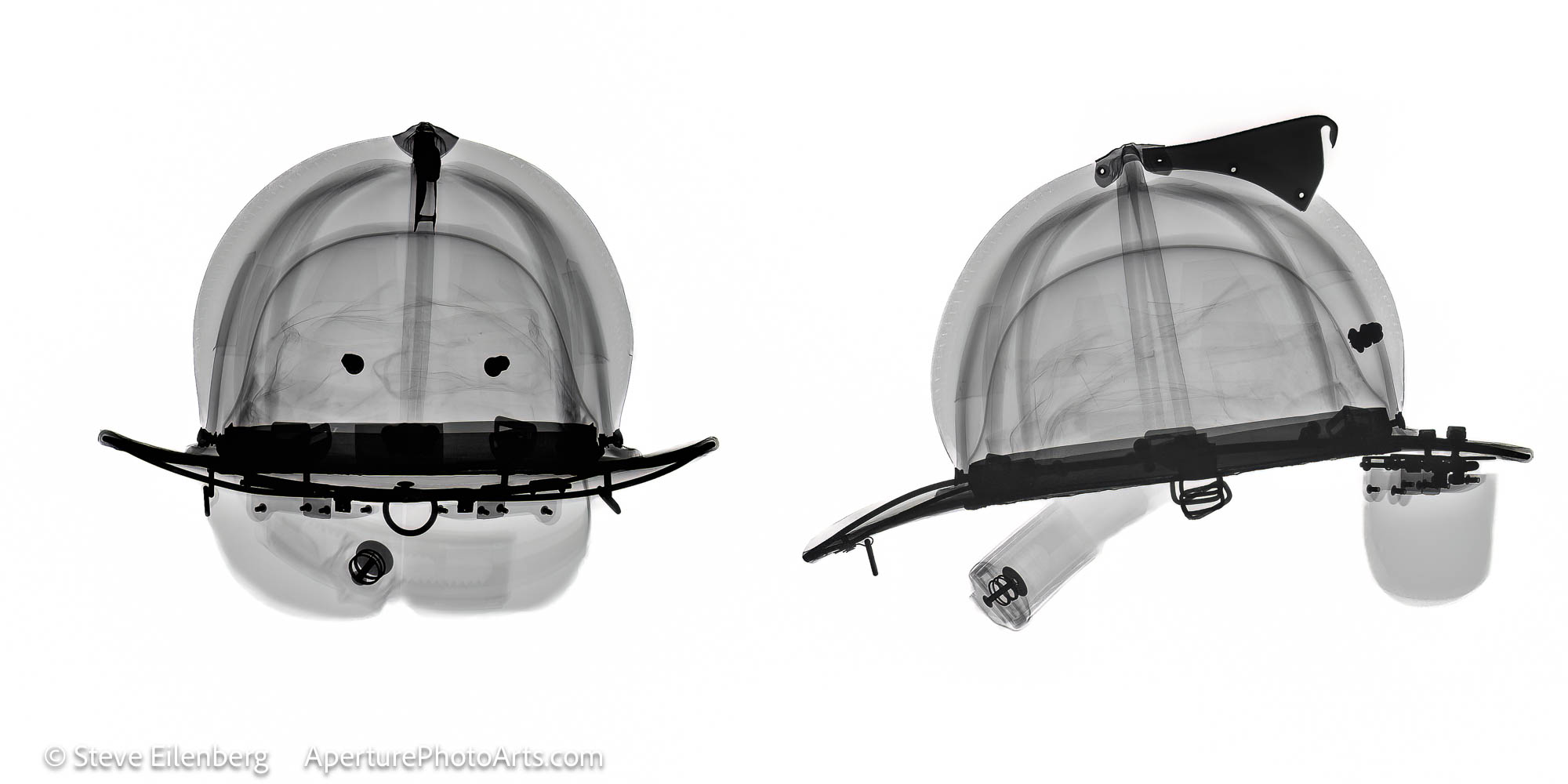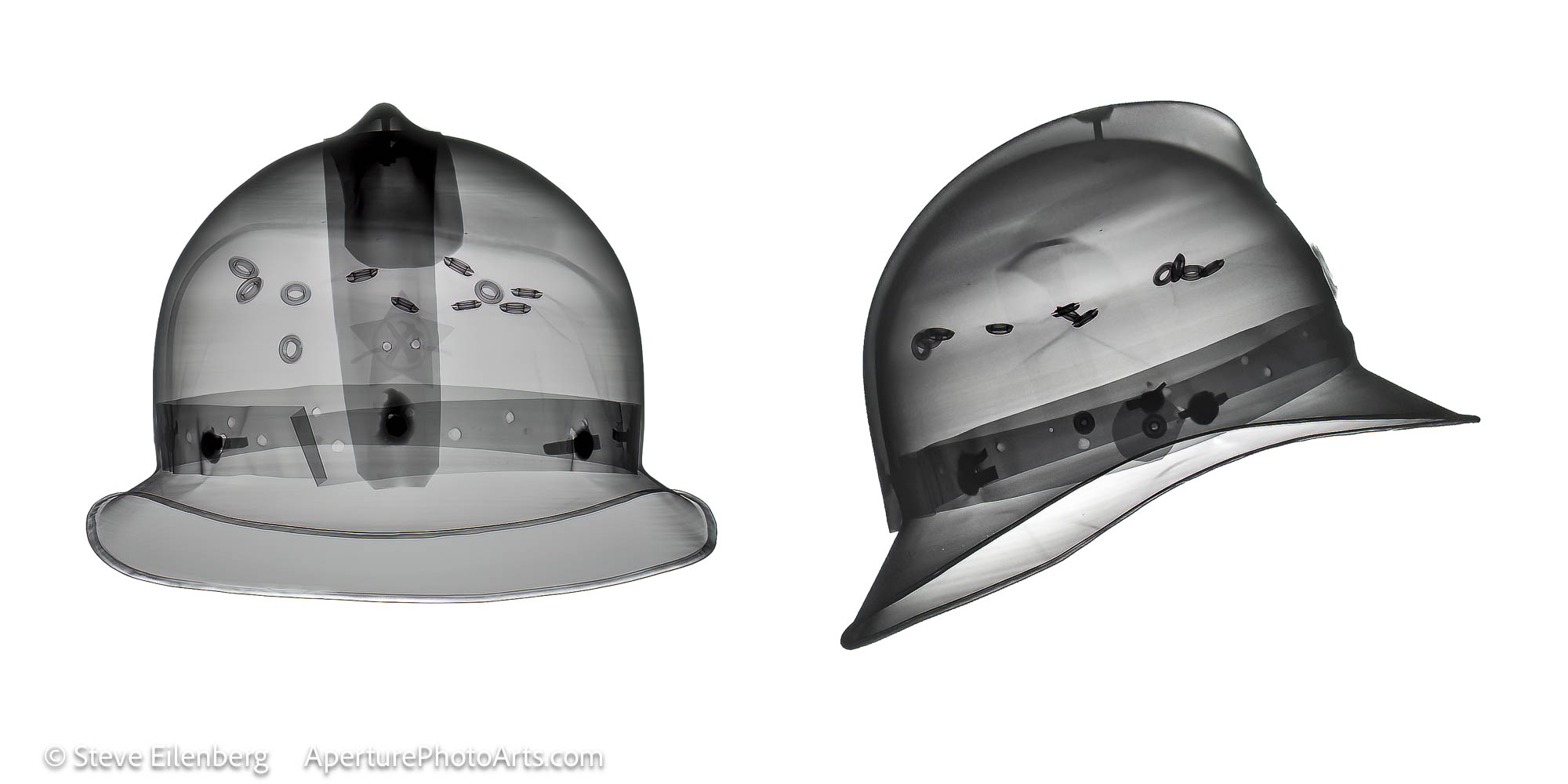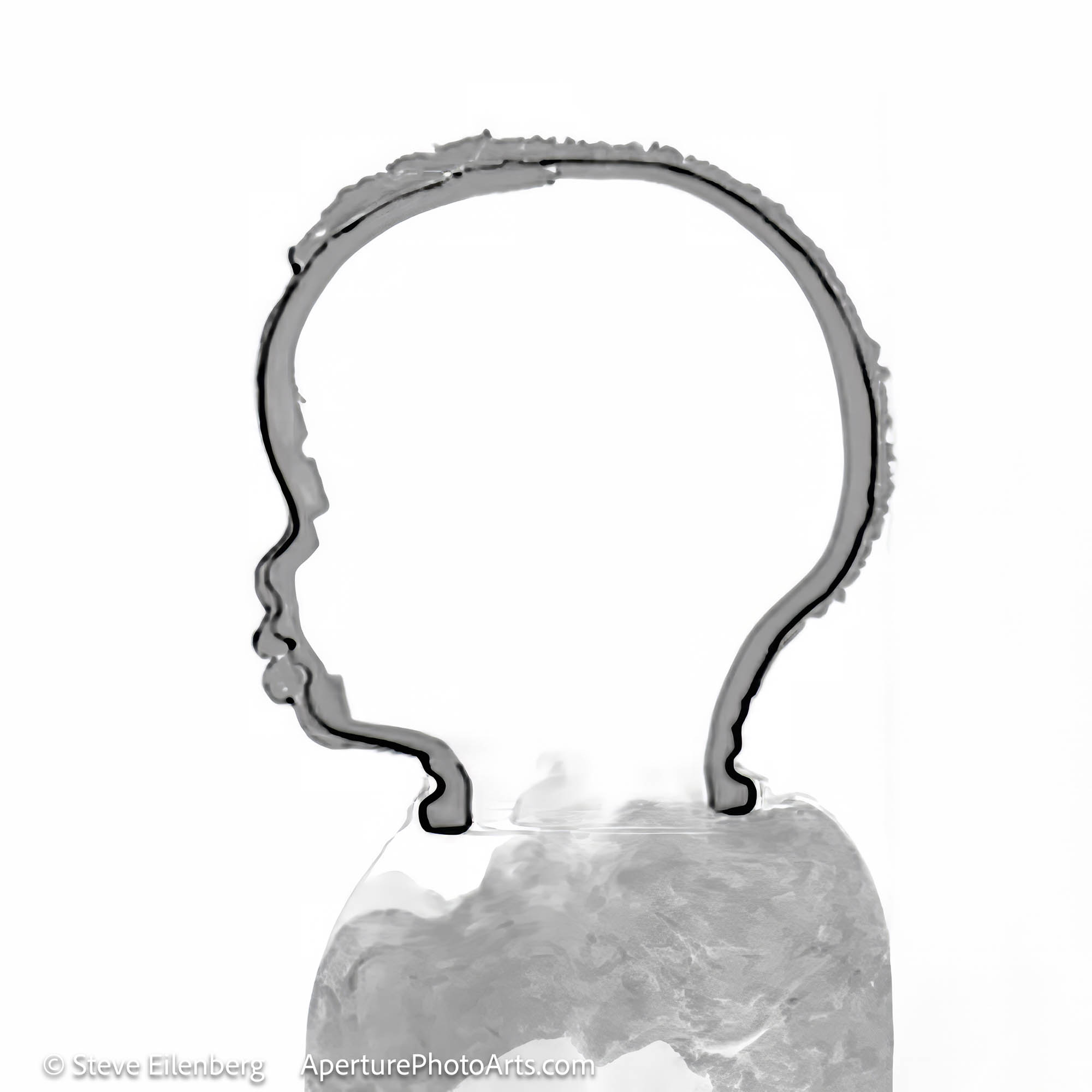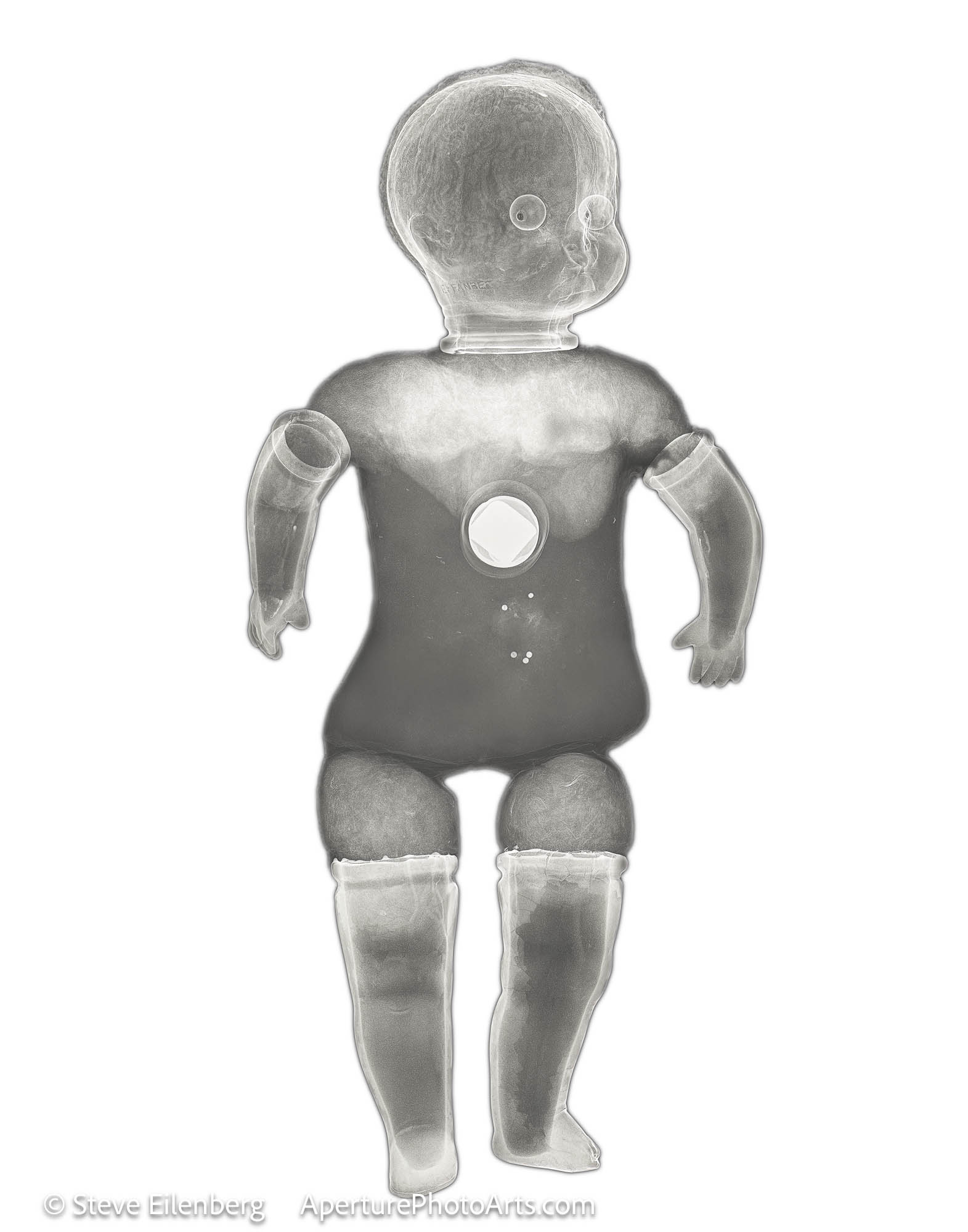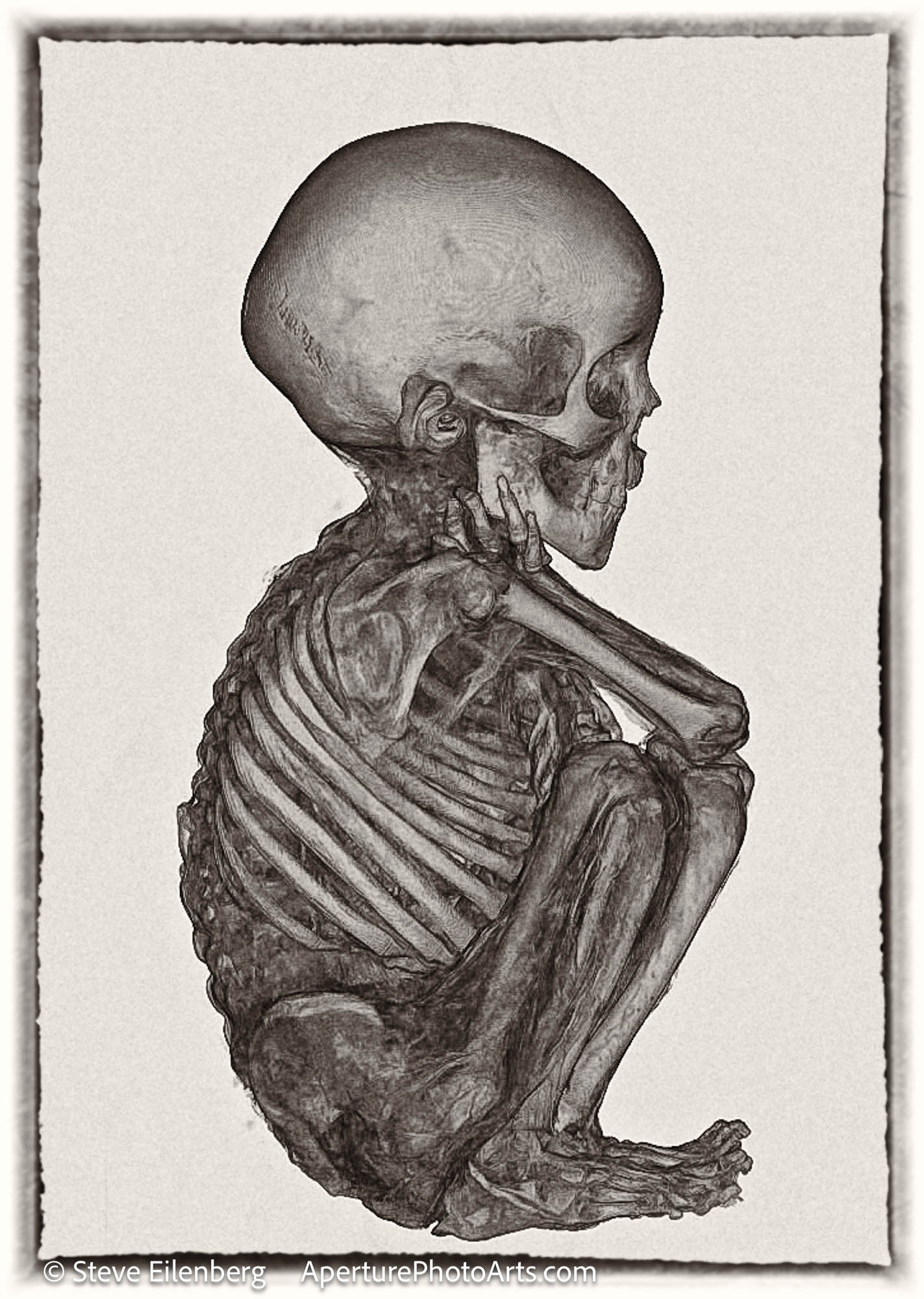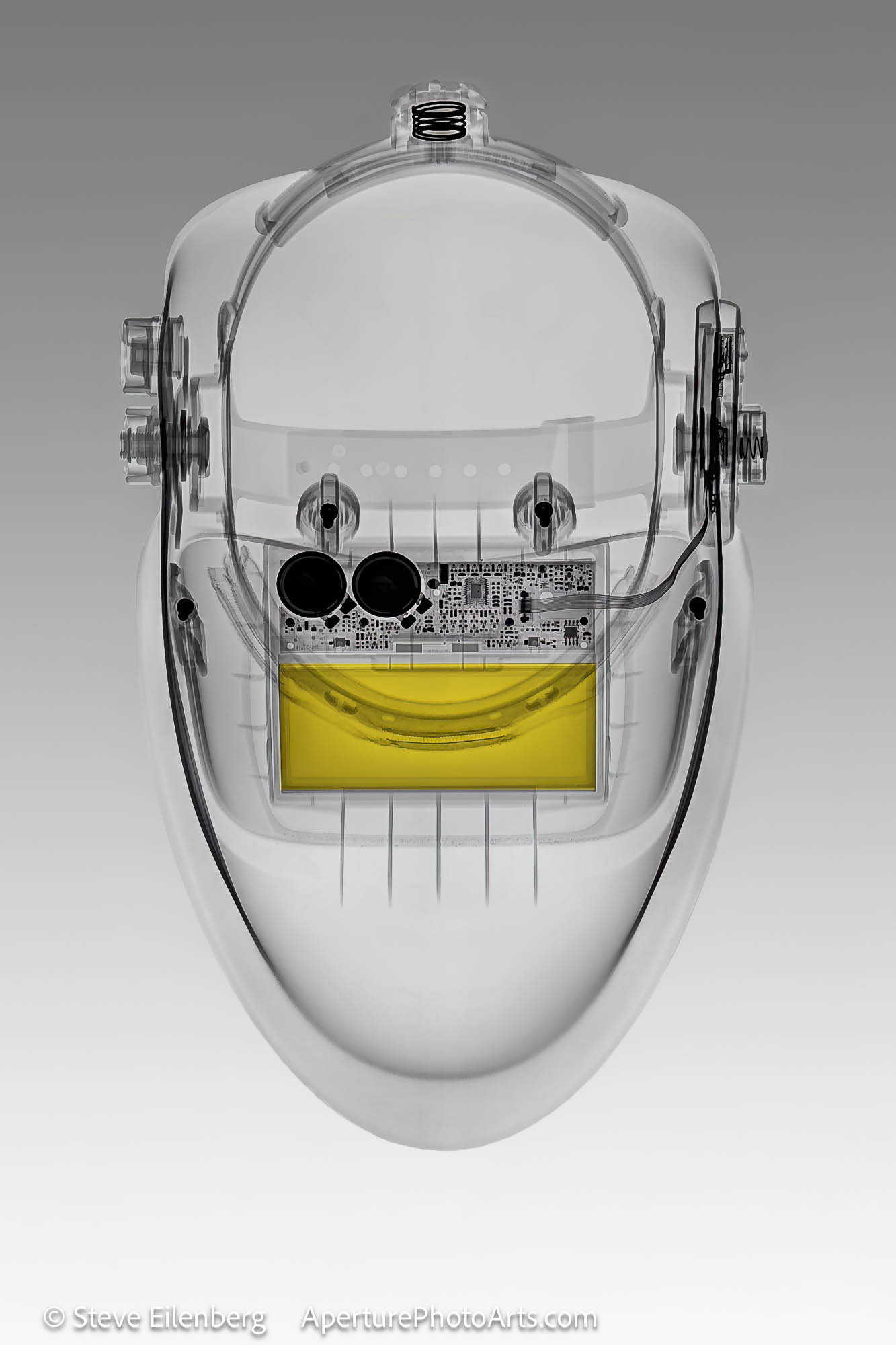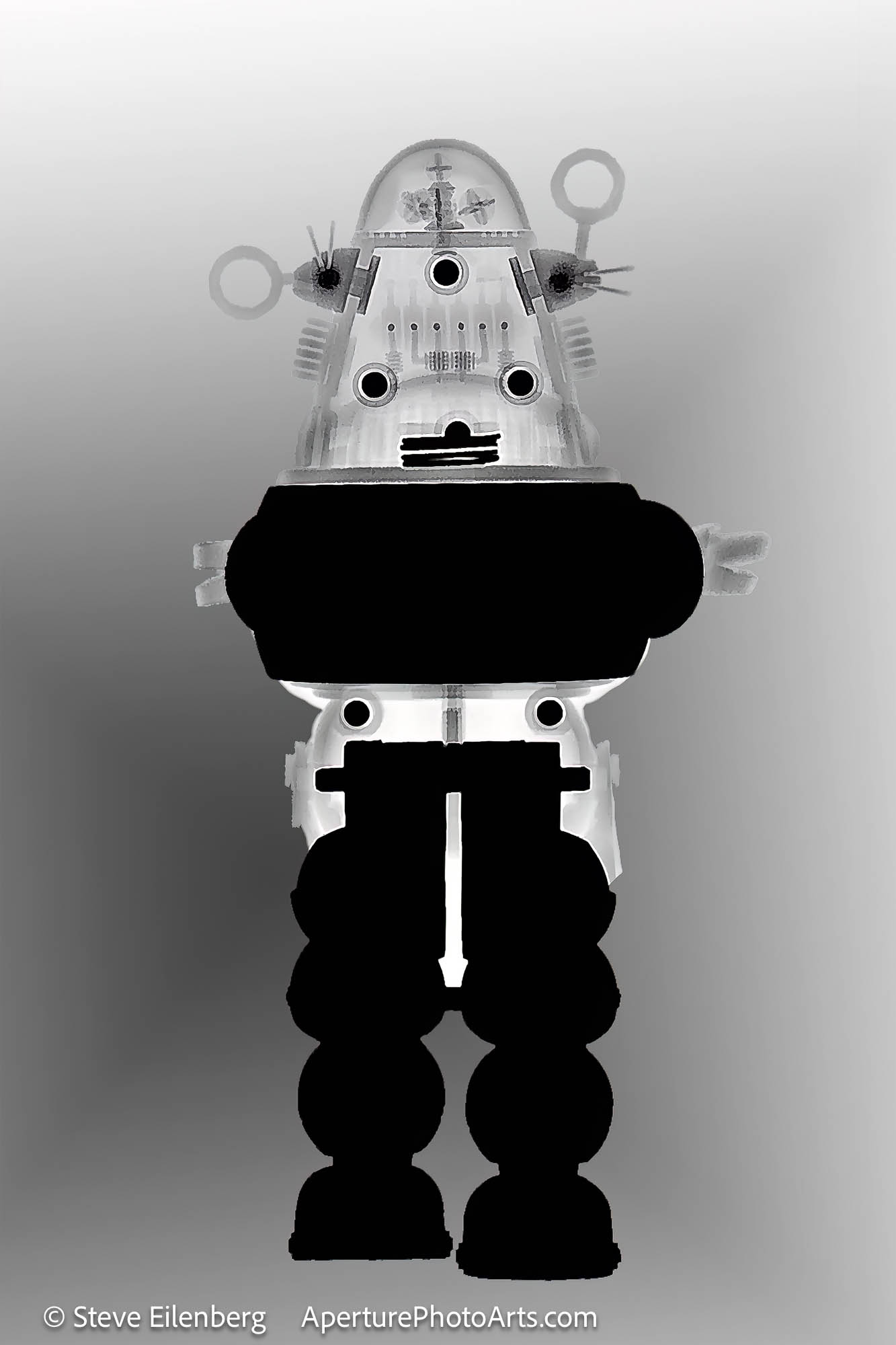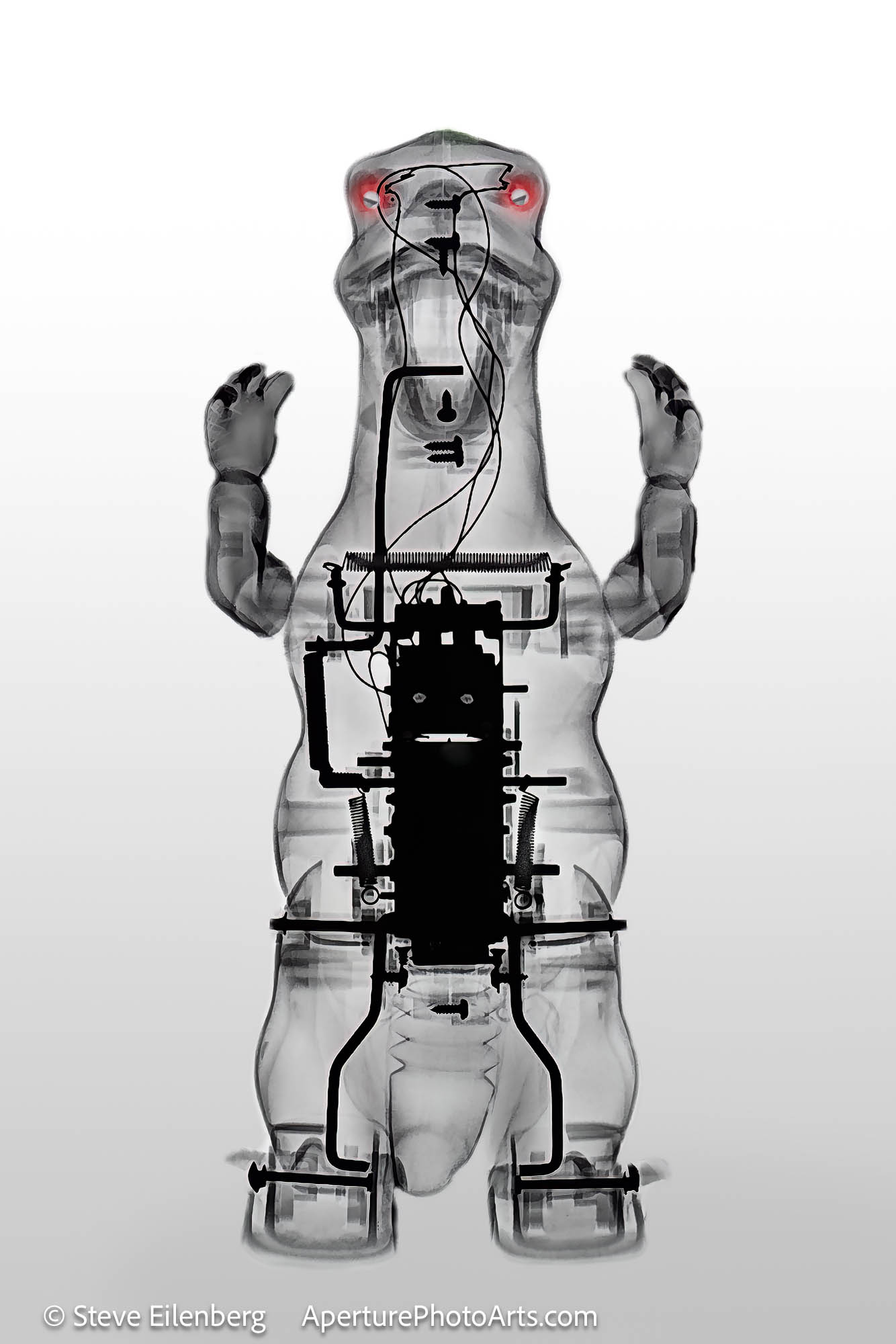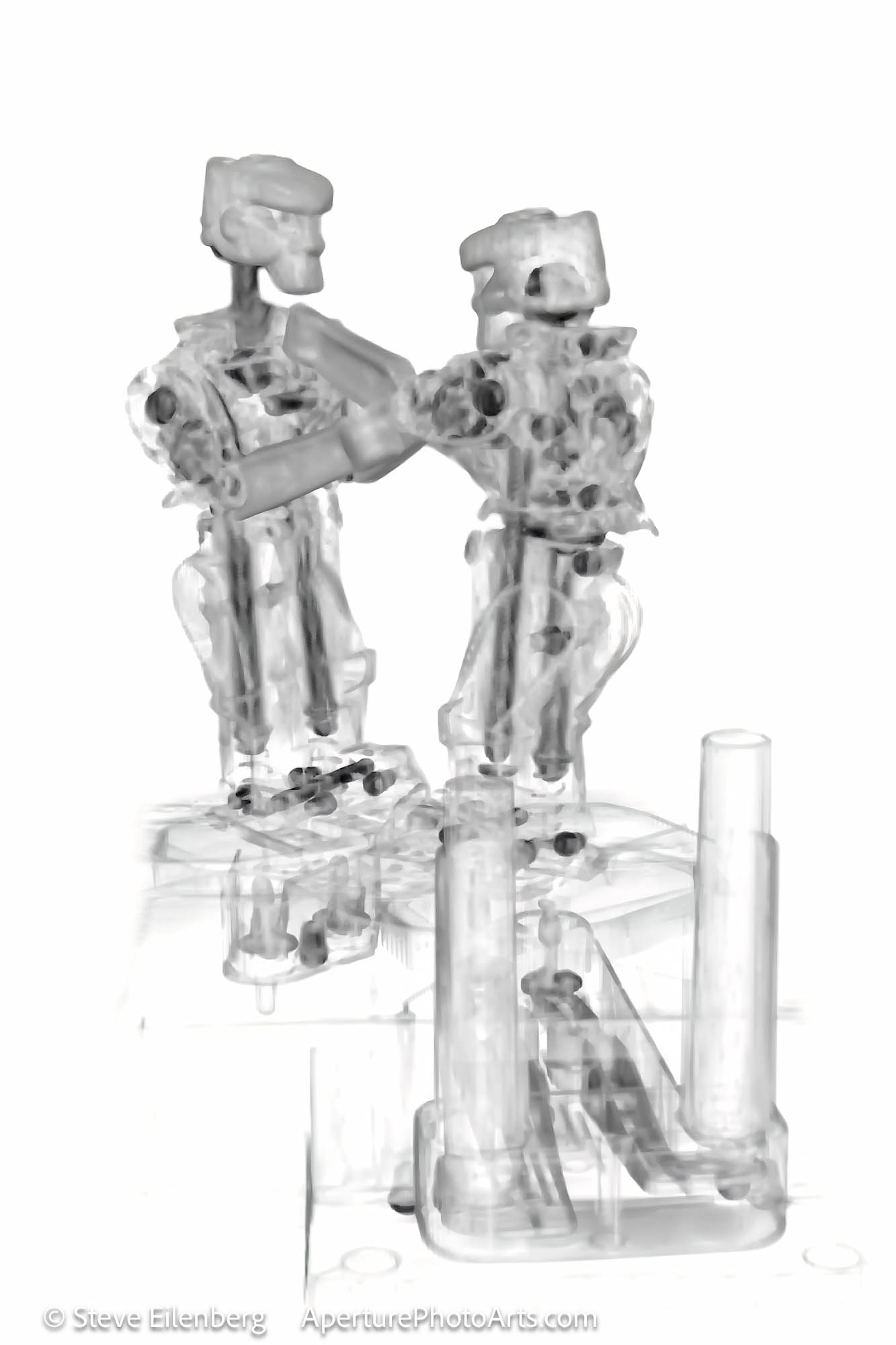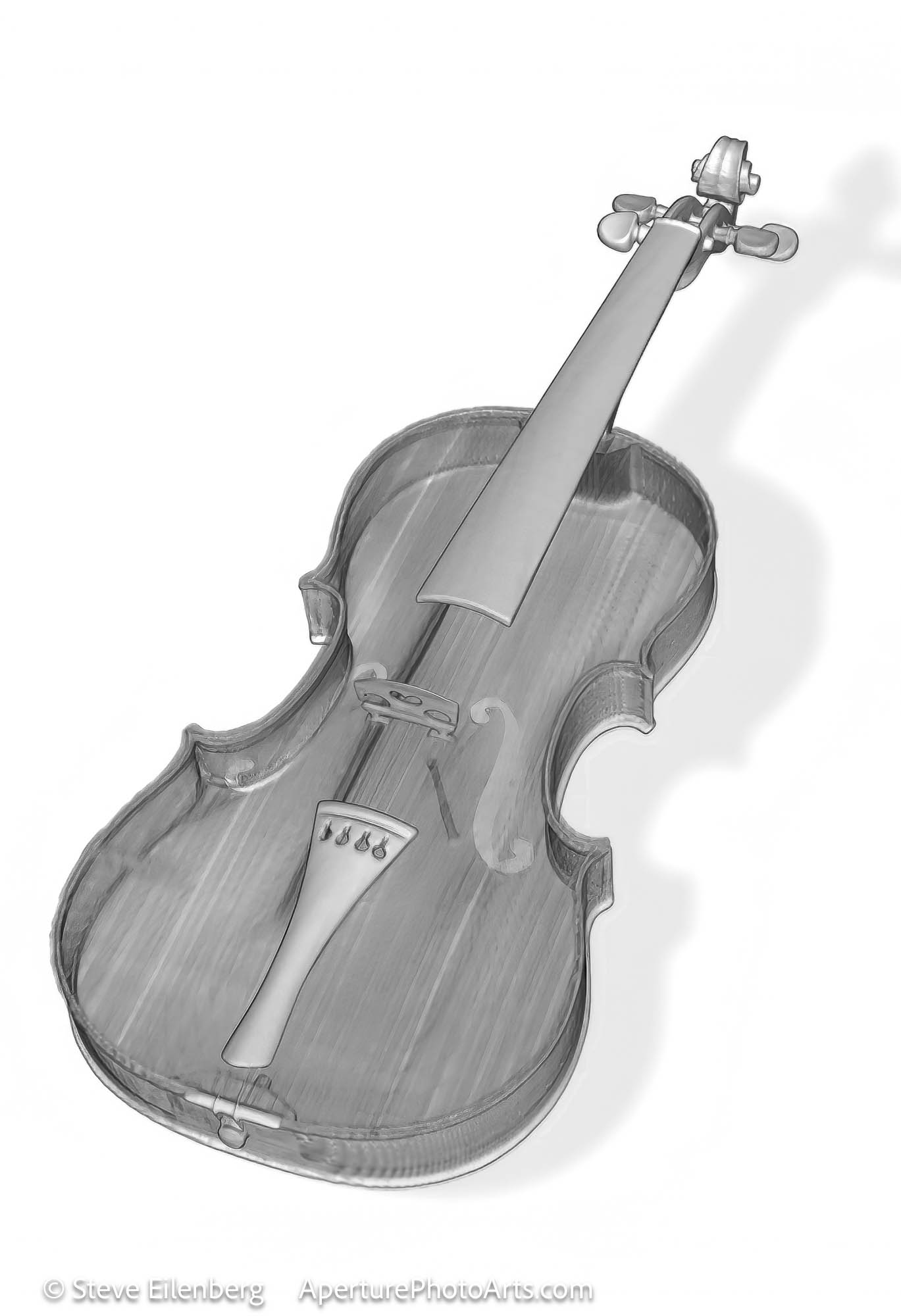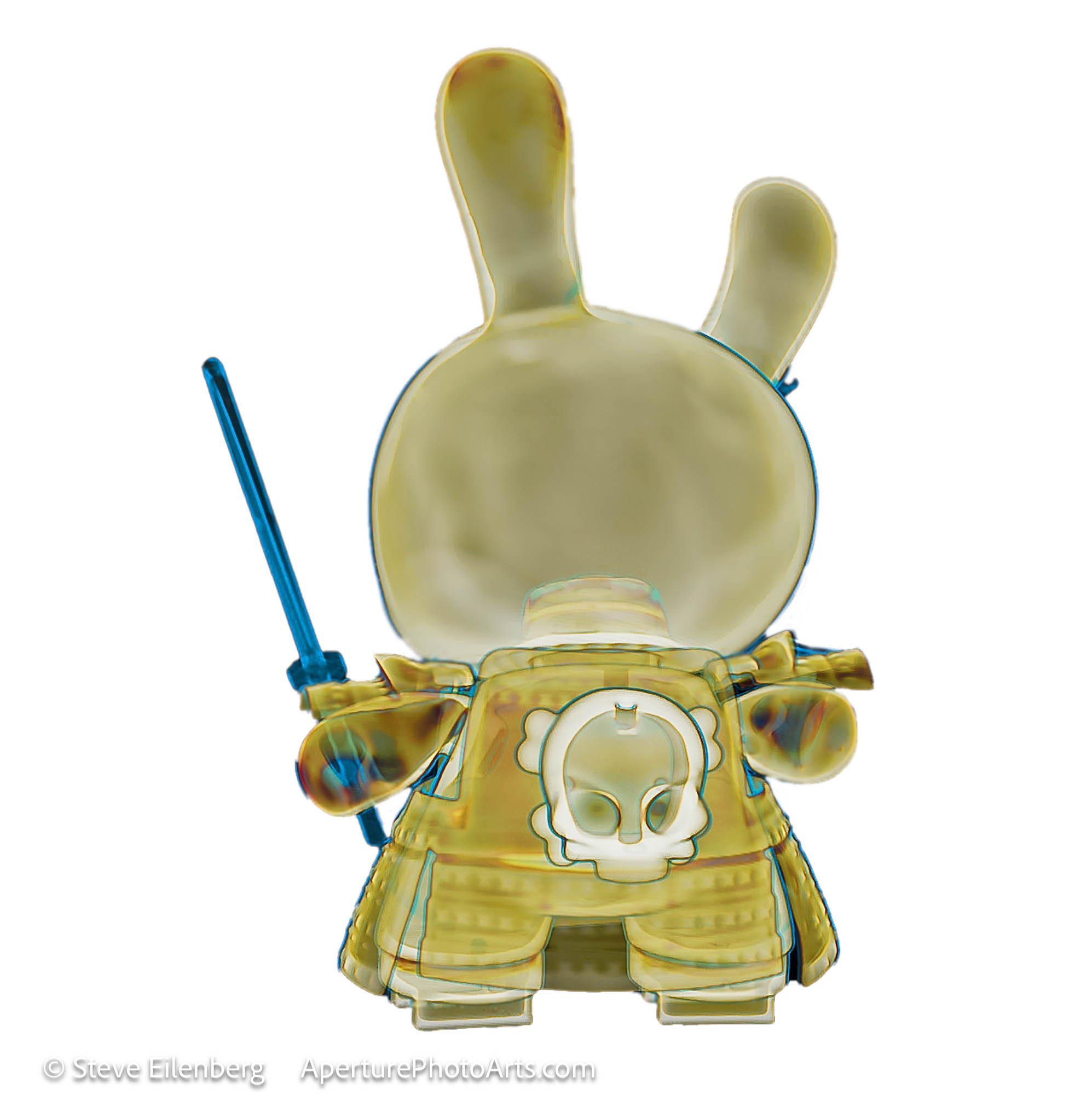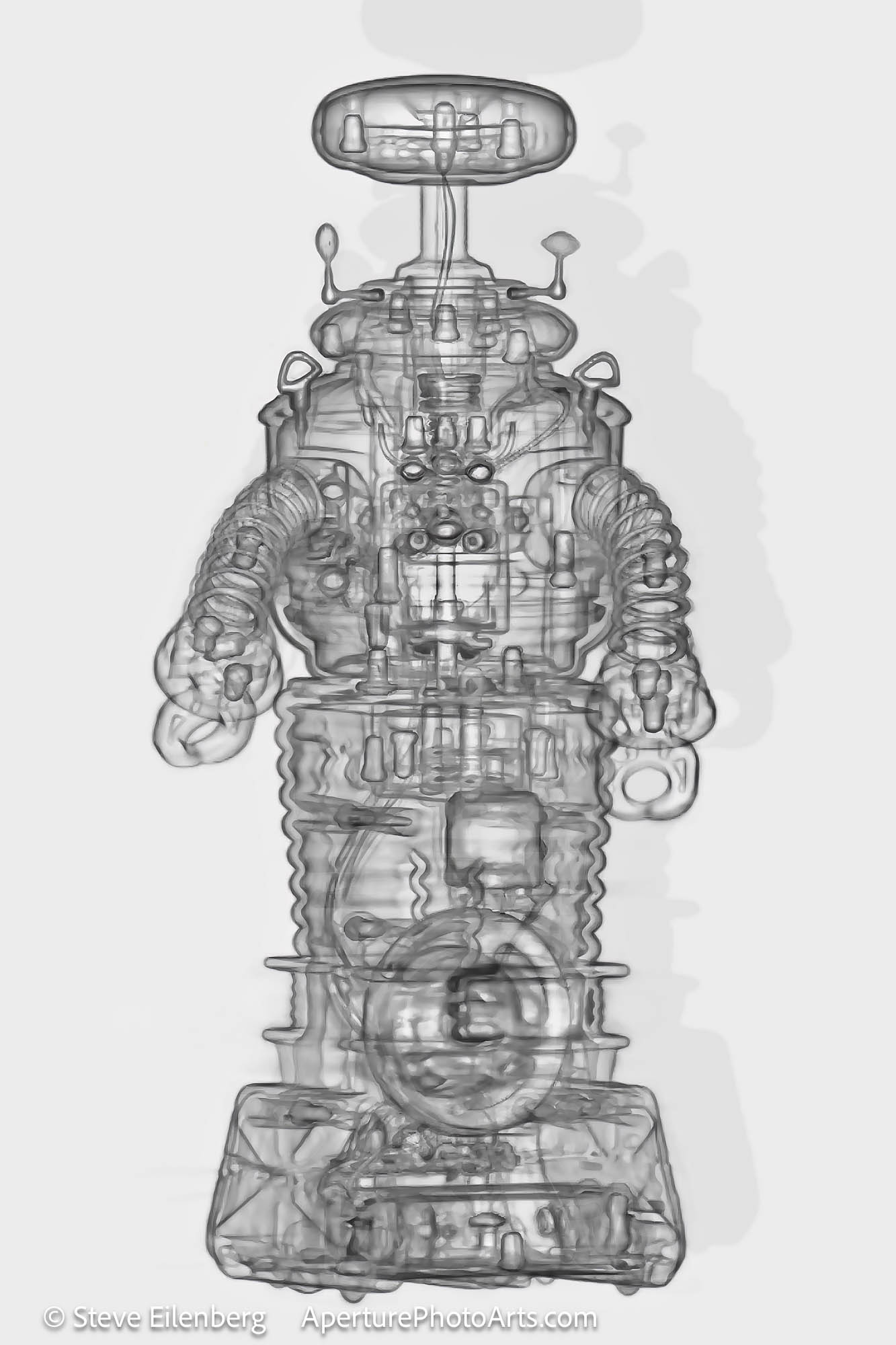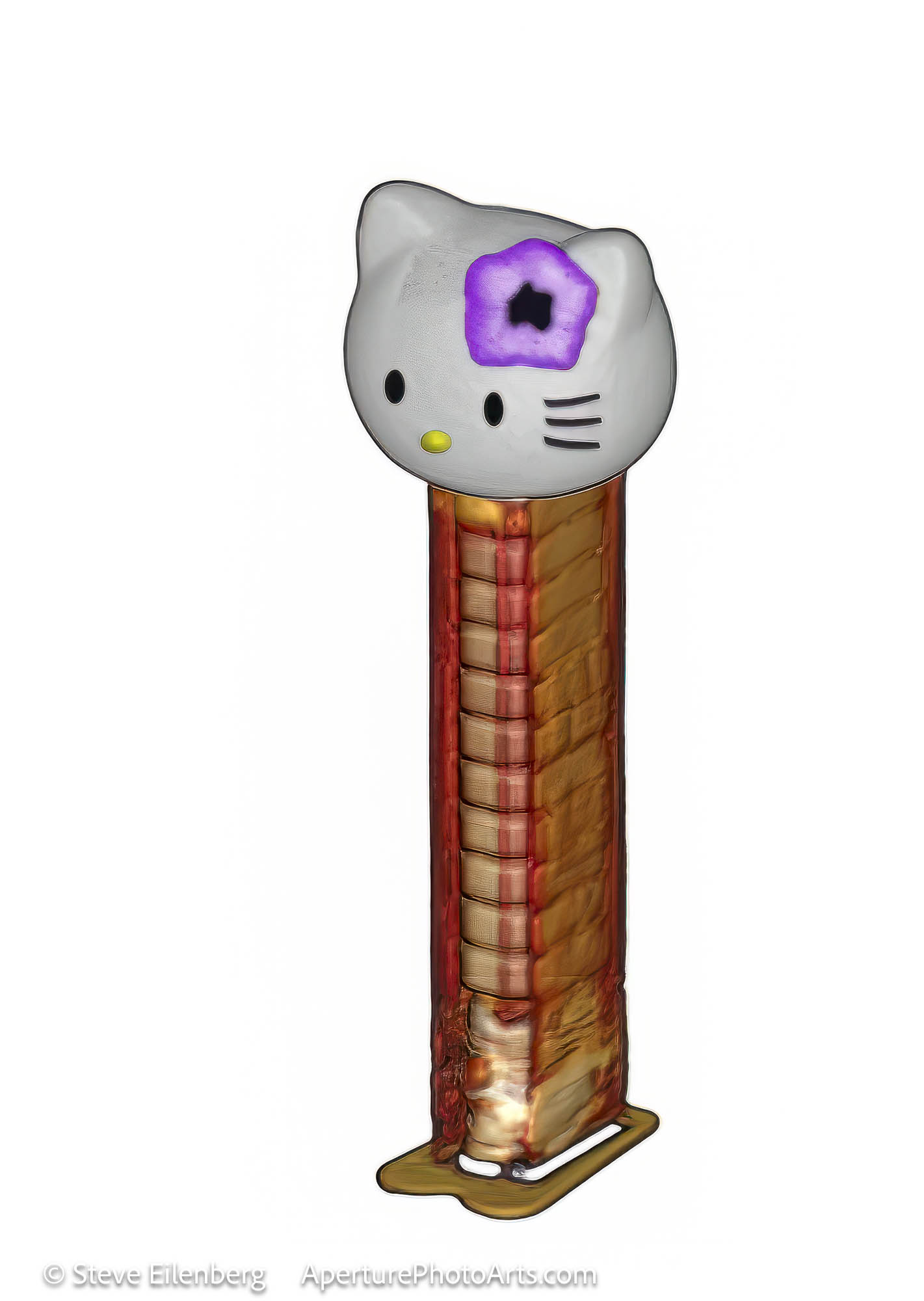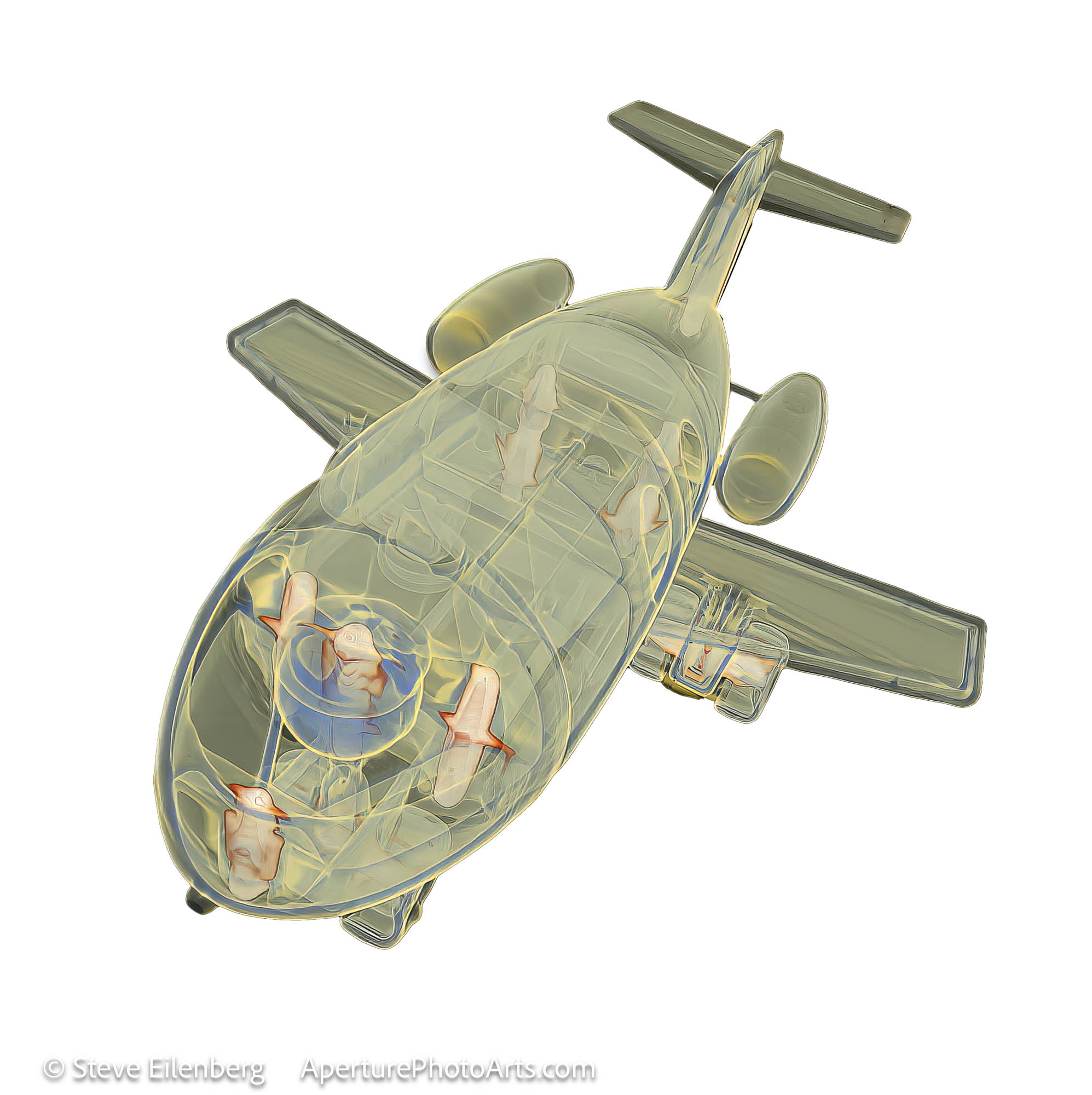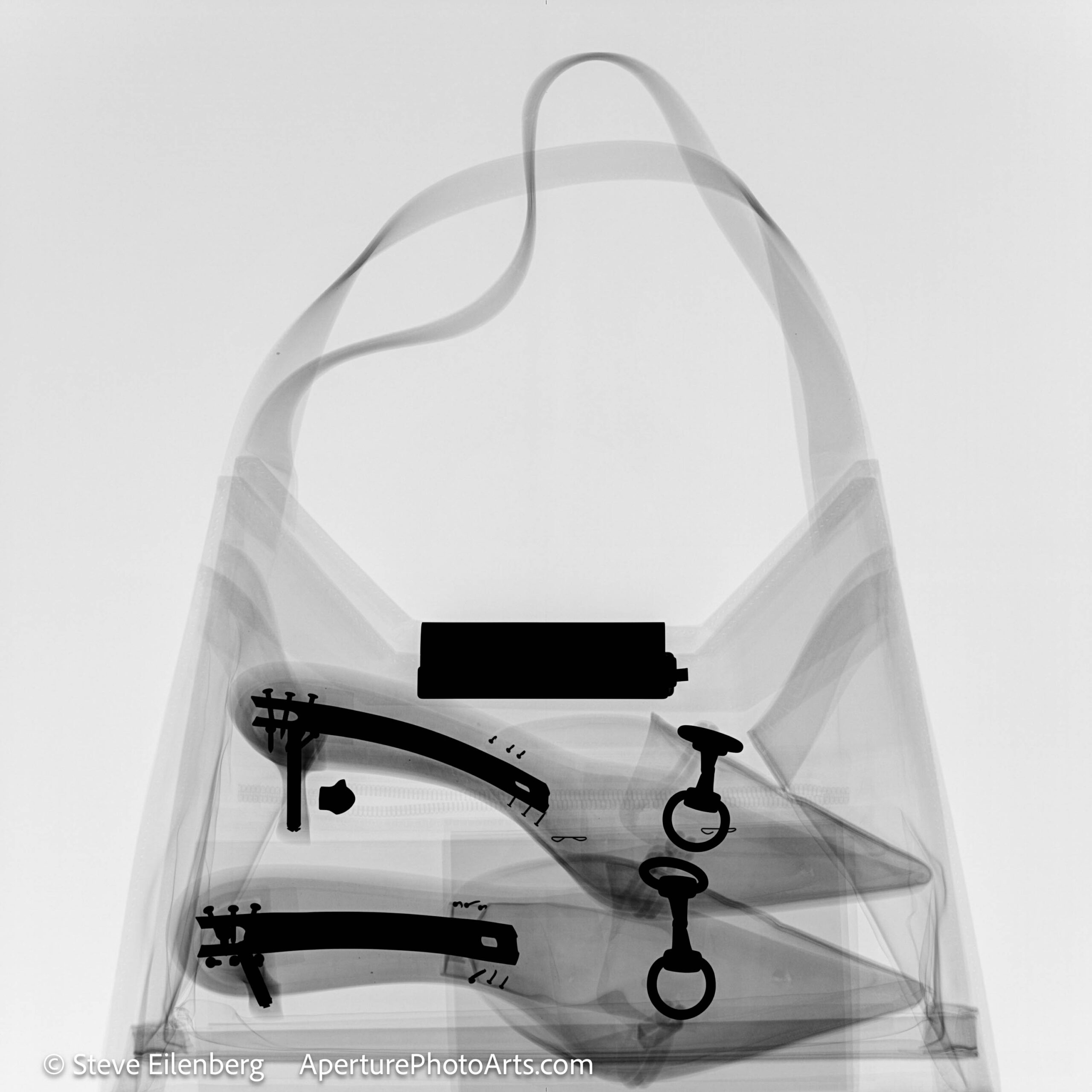The smallest subjects were beetles from Indonesia. The largest subject was a Peruvian mummy, bound and preserved in a fetal position, housed at The Museum of Man, recently renamed The Museum of Us in Balboa Park.
Robots were staged to impart a particular feeling or emotion. Subtle changes can imbue menace, prowess, sexuality, humor, or boredom.
When working with direct radiography, I pose the subject and take a shot. With CT, there were infinite possibilities by manipulating a virtual 3-D object on my digital OsiriX workstation after the examination is over.
The black doll series was a forensic evaluation for the International Mingei Museum in Balboa Park. It would take too long to explain but do take a look at a fascinating blog I posted regarding this project: https://wp.me/p4LorY-191. Some years later, my X-ray work was incorporated into a wonderful show at The New York Historical Museum in NYC.
One project that has not been exhibited yet is my firefighter helmet X-ray series. These are basically “combat” helmets protecting what matters most: heroic firefighters and their heads. They are very much purpose-built for the job, but, as per the X-rays, some are more protective than others. The Carnes leather US helmet is what we are most familiar with and does a great job but the French GALLET F1XF helmet is totally Star Wars! I keep the helmet near me in my digital lab for continued inspiration.
Some inspiring artists who came before me: Satre Stuelke , Nick Veasey and David Maisel


